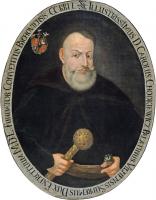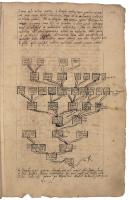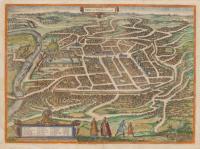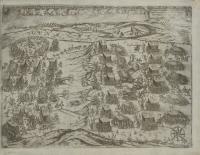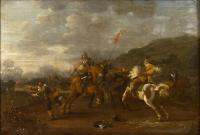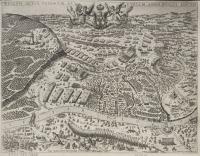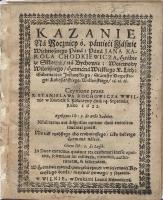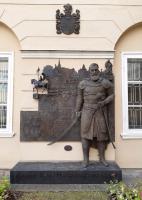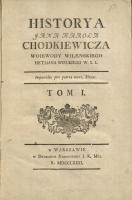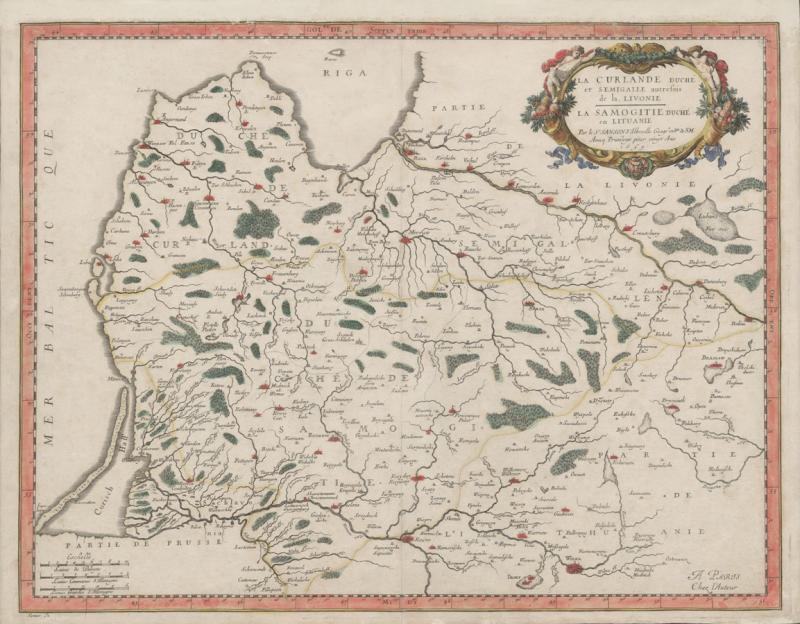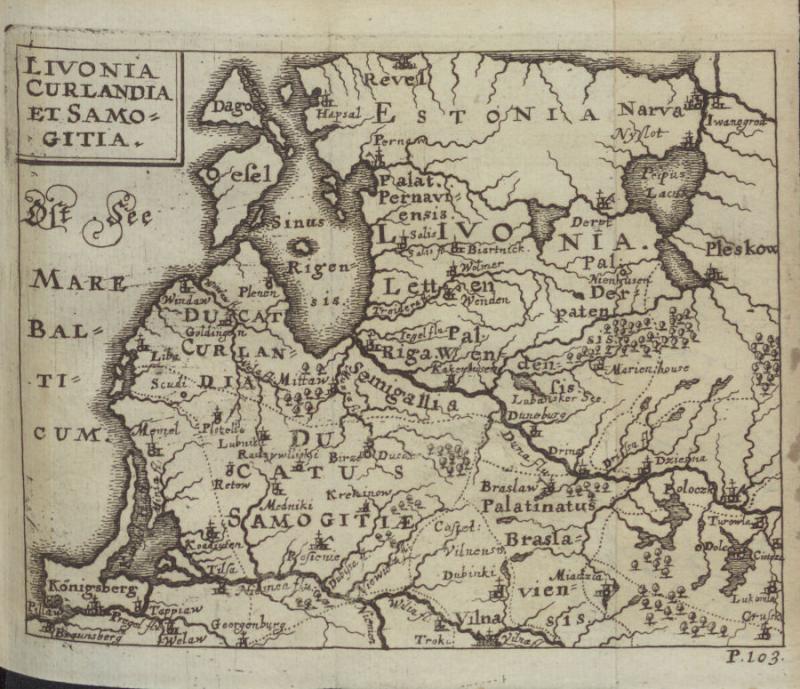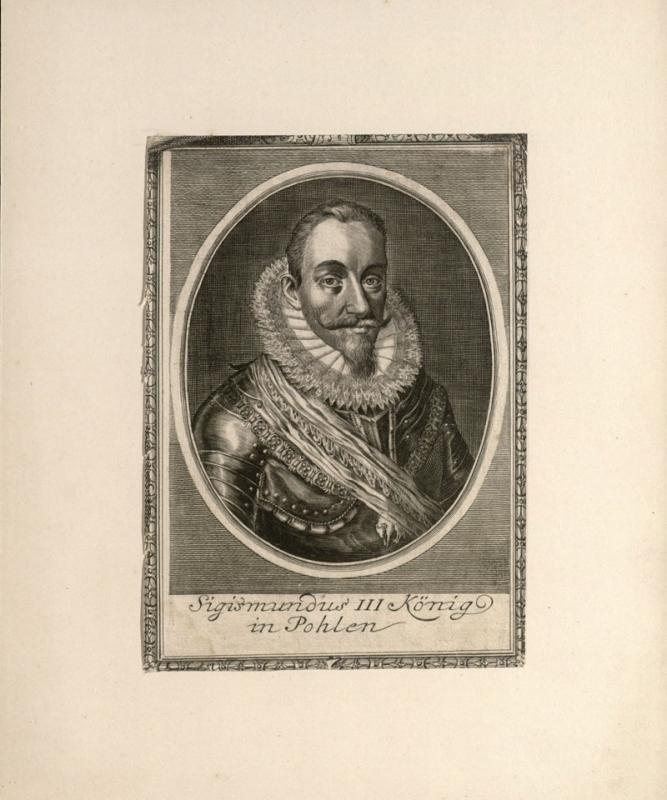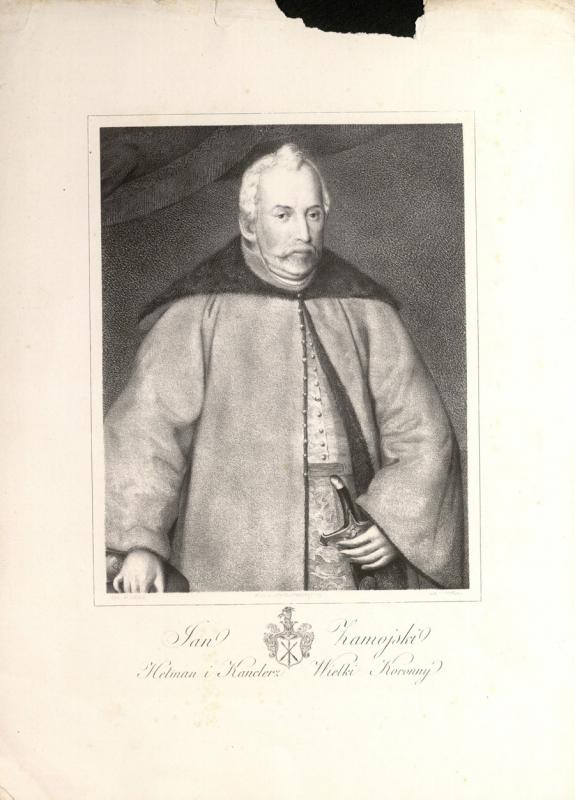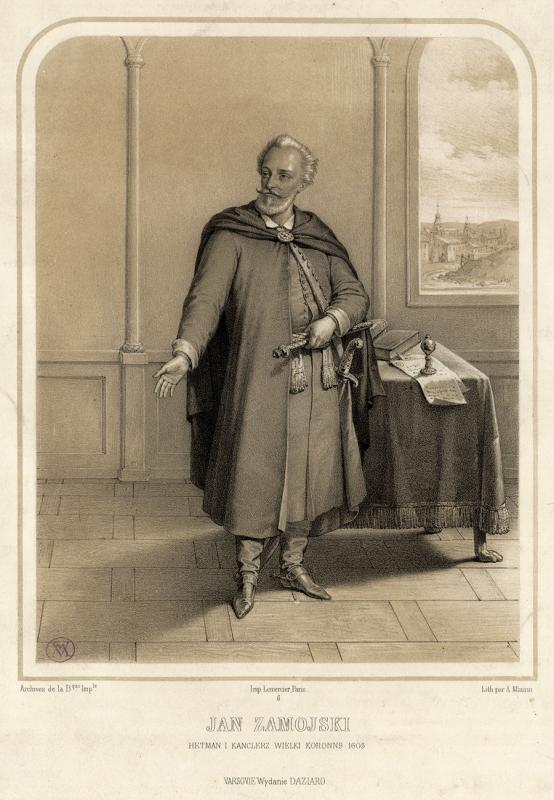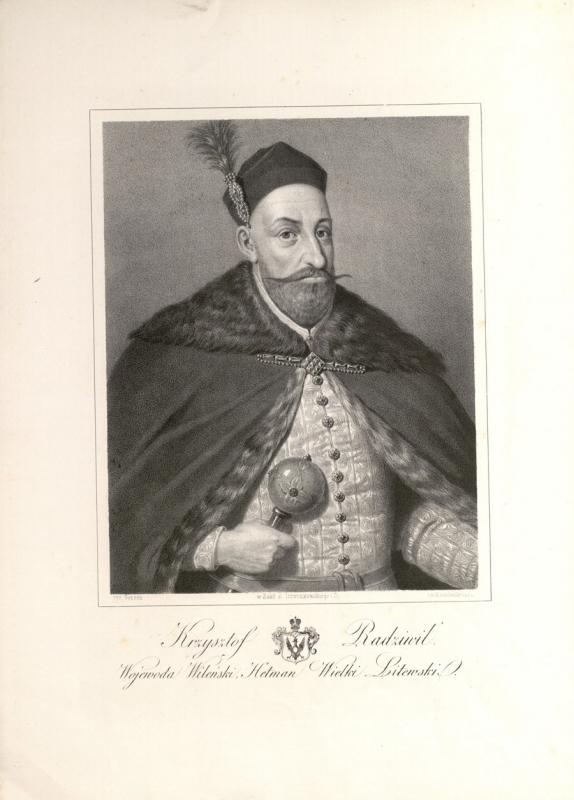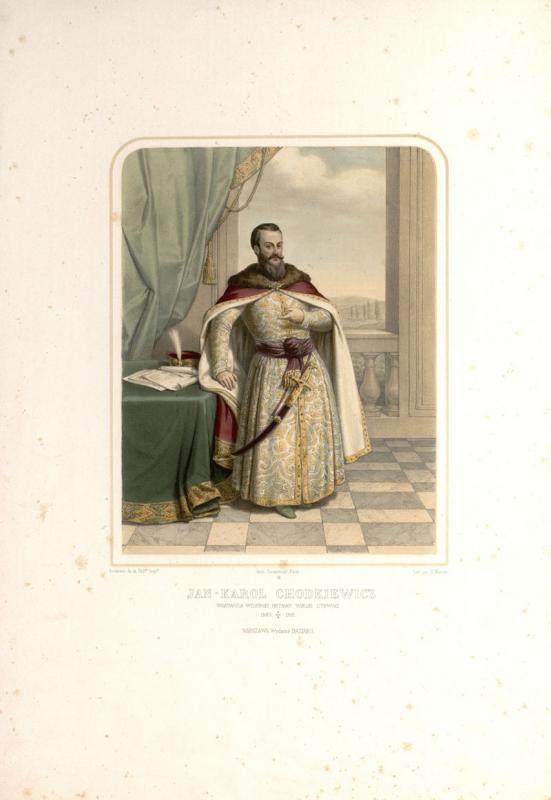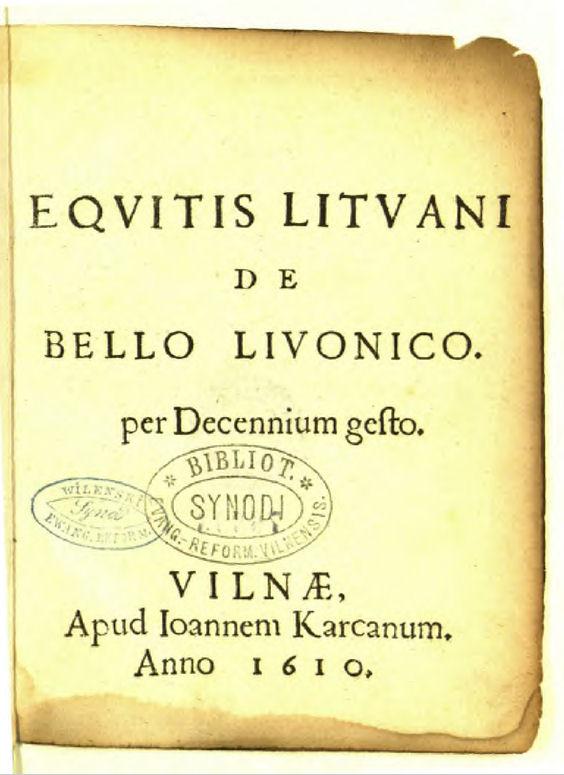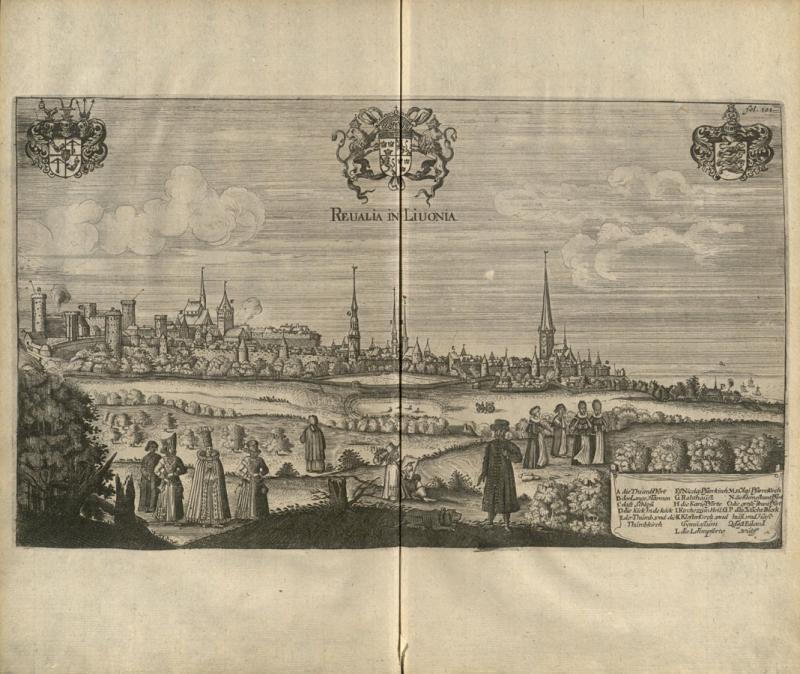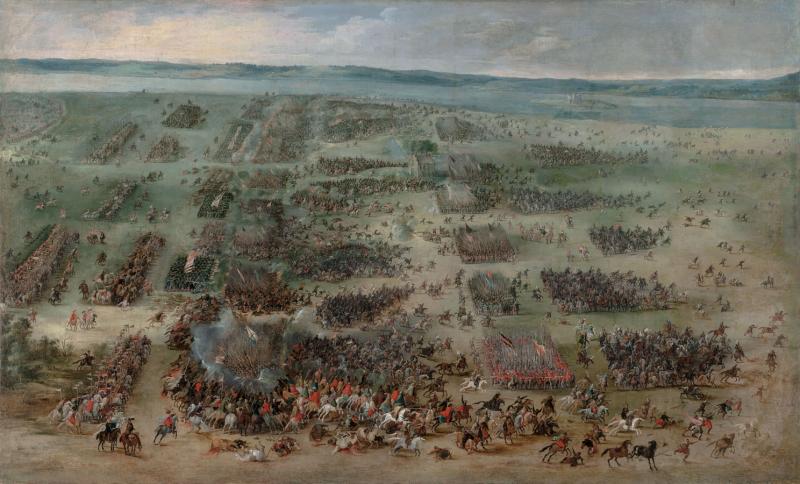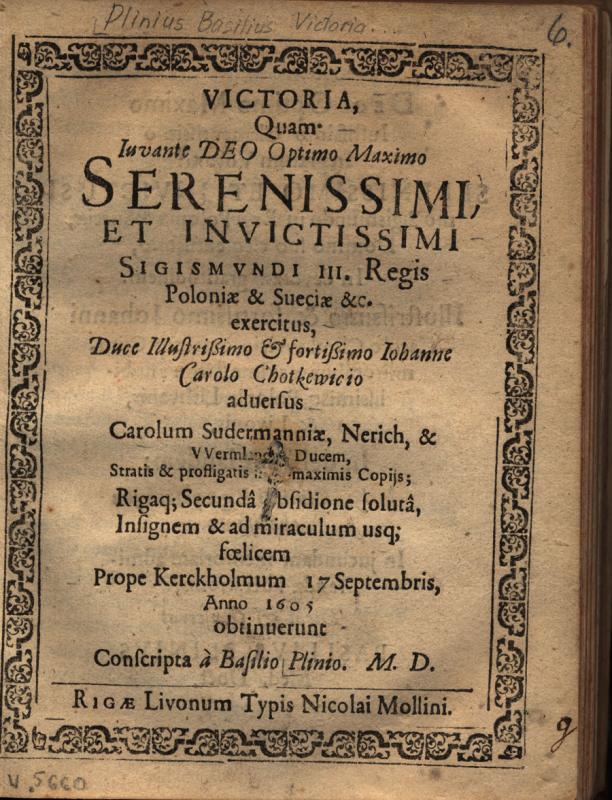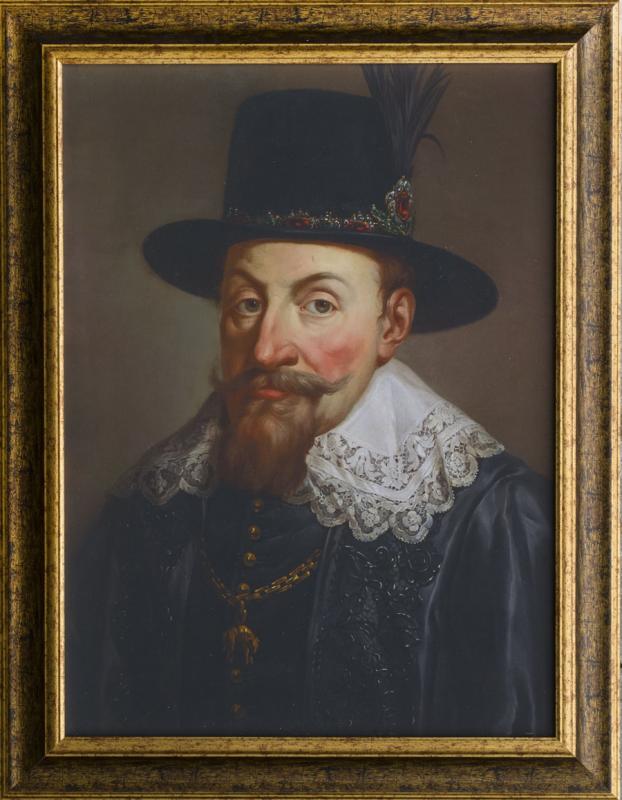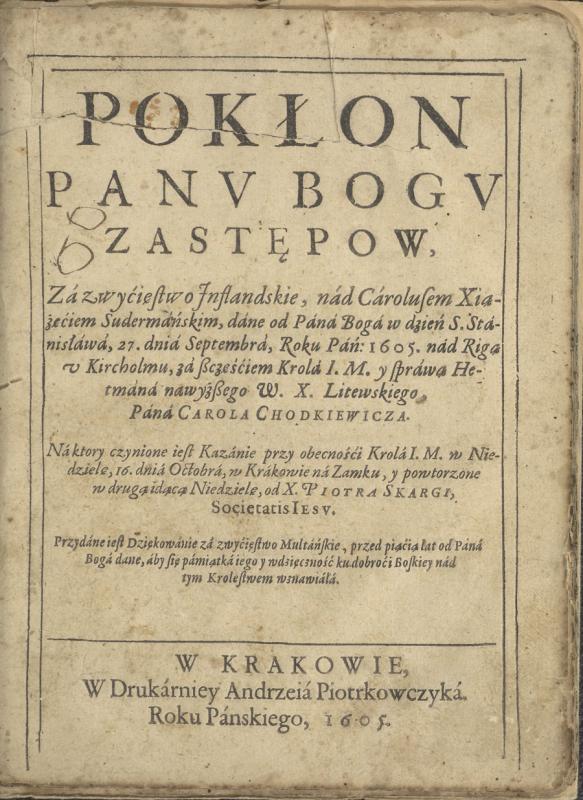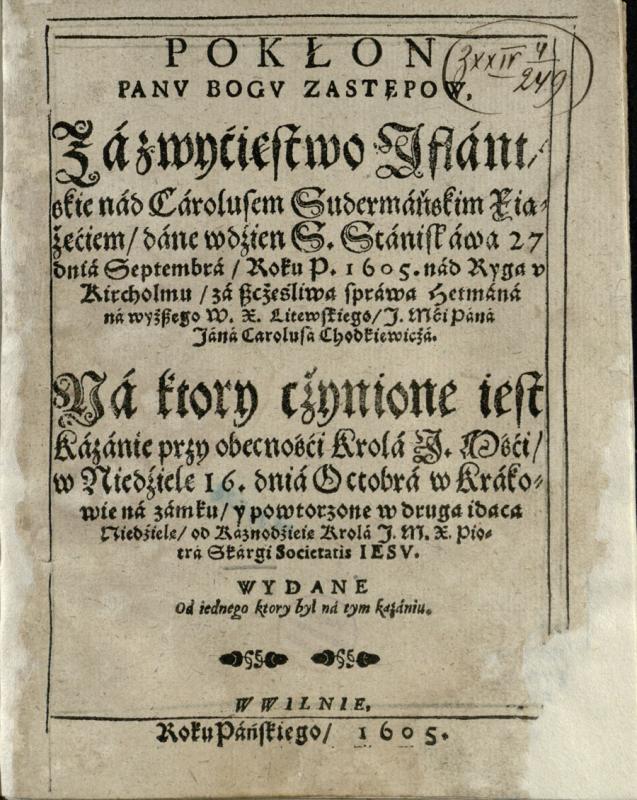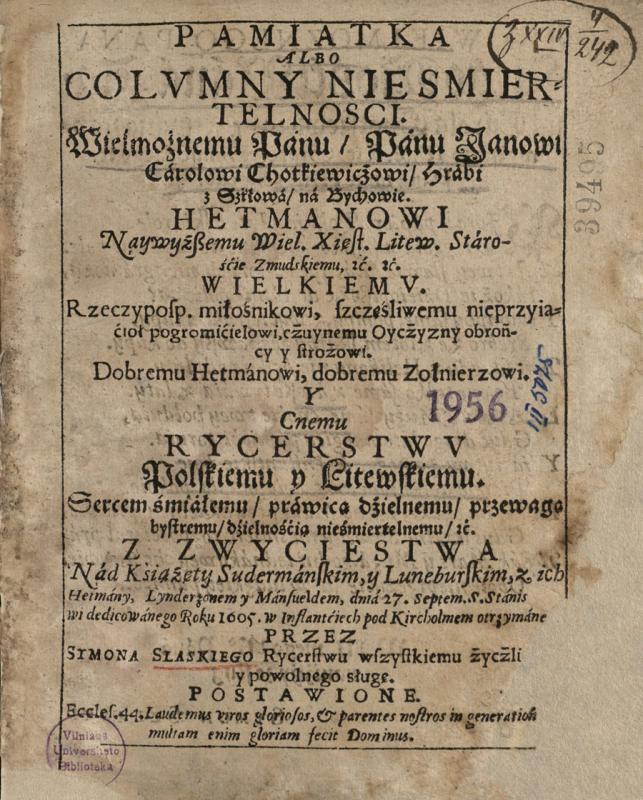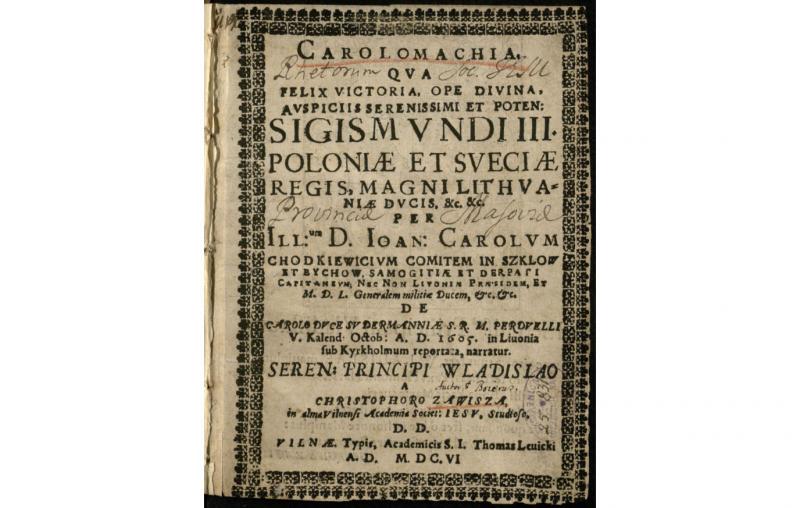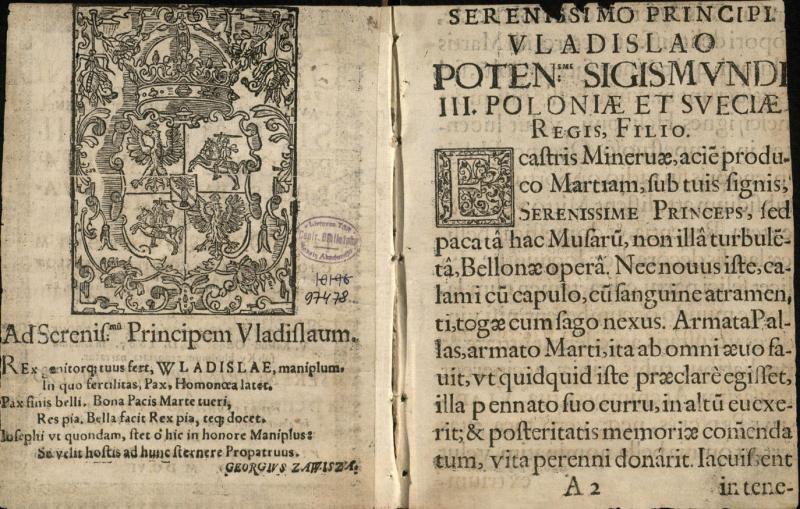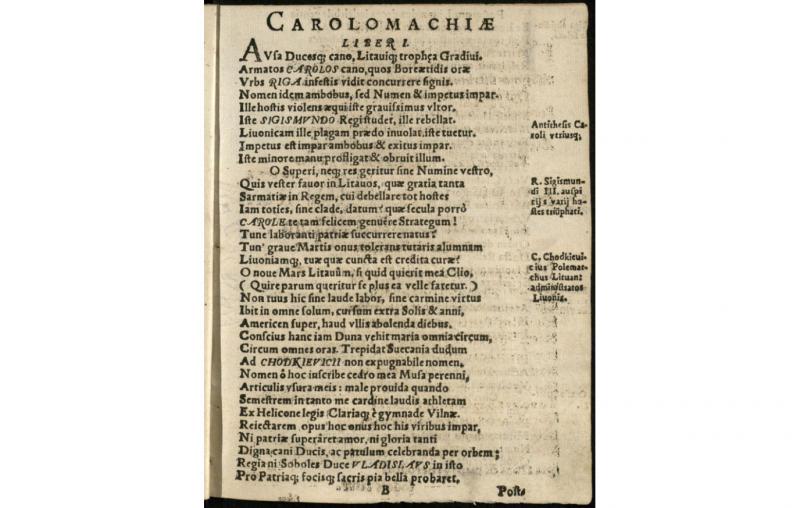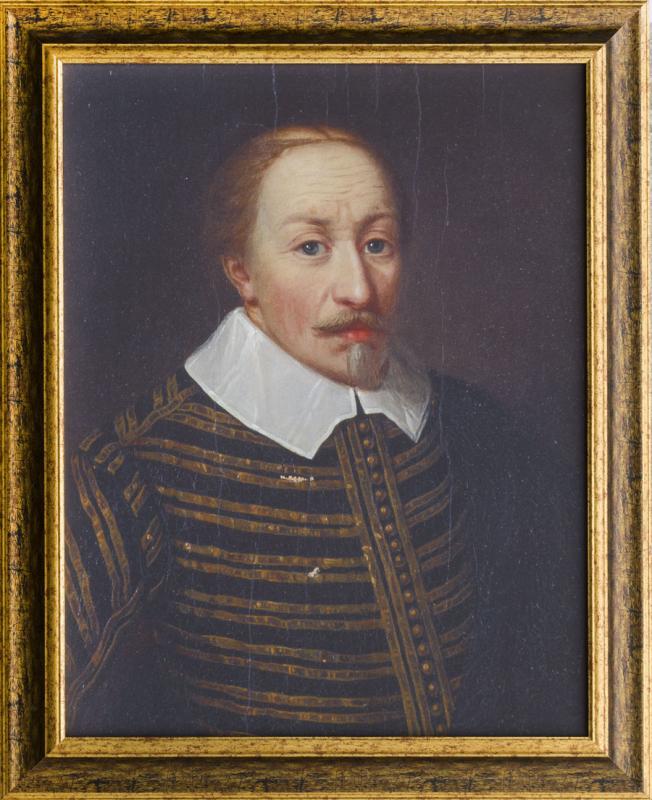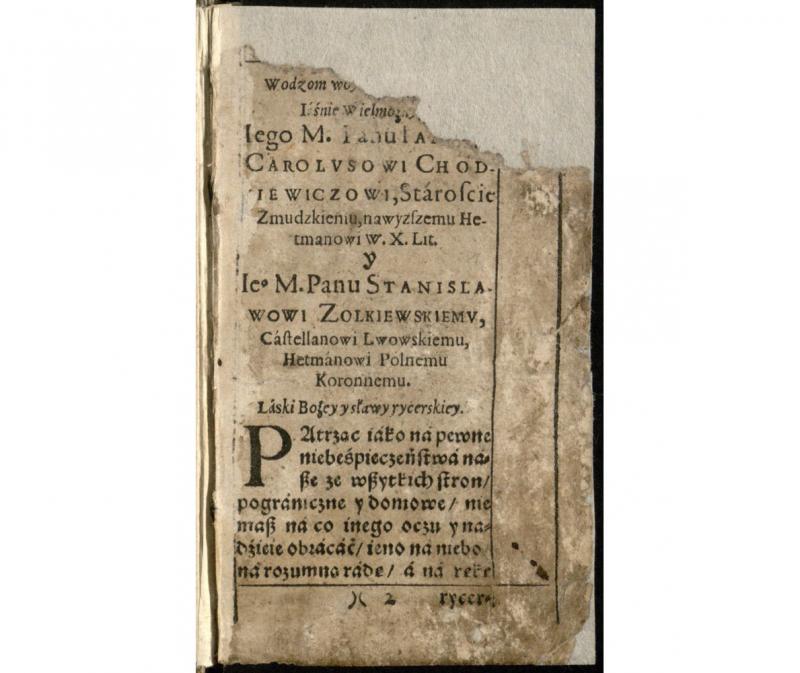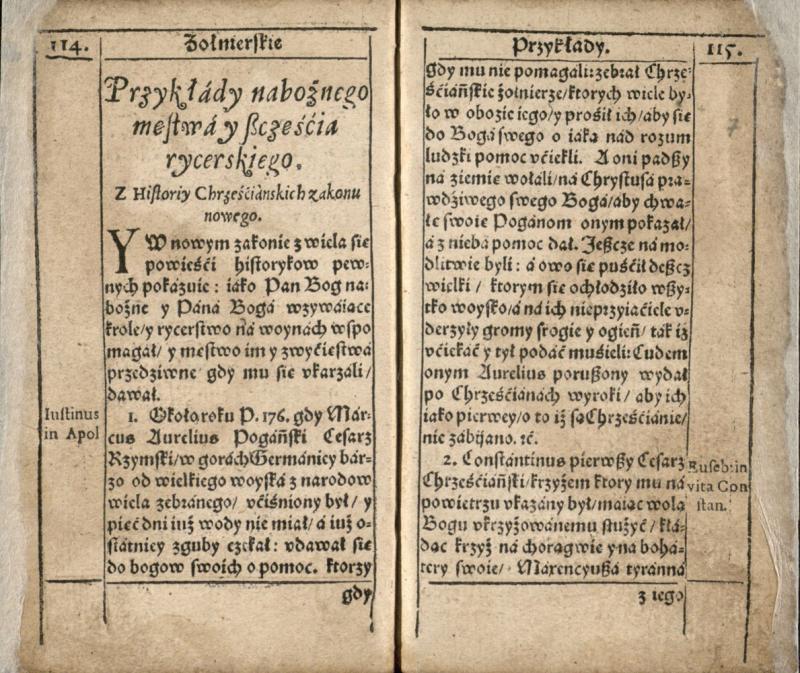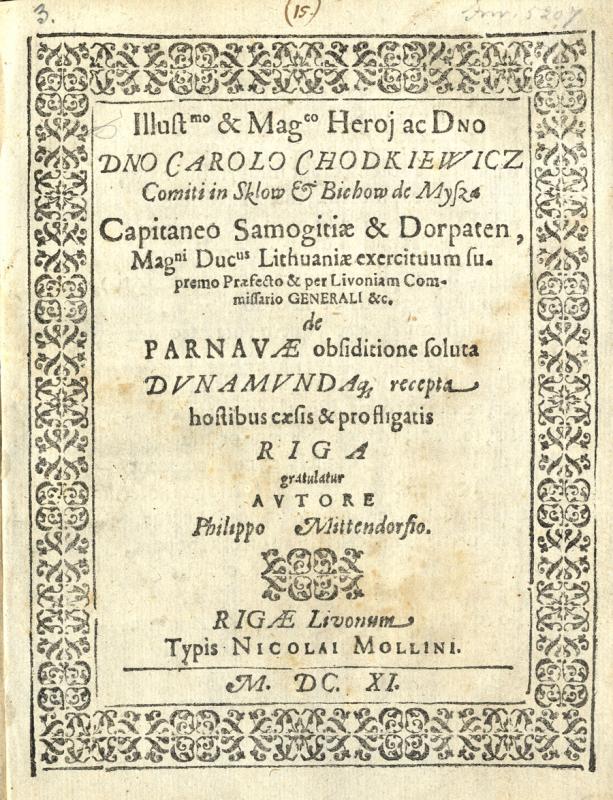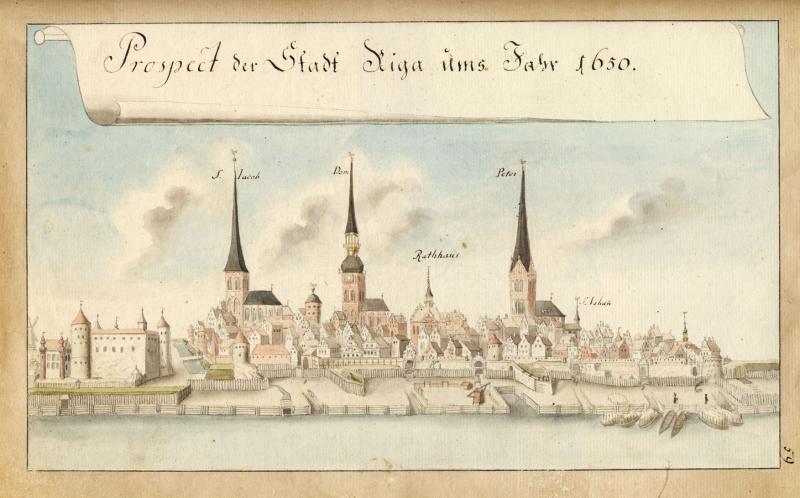Jan Karol at the Livonian war against the Swedes. The battle of Salaspils (Kircholm)
Jan Karol became famous for the victories achieved in 1600–1610 in the war with the Swedes over Livonia. On June 23, 1601, the army of the Grand Duchy led by Krzysztof Mikołaj the Thunderbolt Radziwiłł and Jan Karol Chodkiewicz defeated both the Swedes besieging Koknese and those hurrying to assist the besiegers. Later this army freed Cēsis Castle and drove the Swedes out of Vidzeme. After Thunderbolt left Livonia in October 1601, the military actions were led by the Grand Hetman and Chancellor of Poland, Jan Zamoyski. When in October 1602, the latter returned to the Kingdom with the Polish units, Jan Karol kept on fighting the enemy alone. In command of the army of the Grand Duchy, he began the siege of Tartu on November 16, 1602 and took the city and the castle on April 13, 1603. In September of the same year, Jan Karol Chodkiewicz defeated a considerable Swedish force near Tallinn. On September 25, 1604, he crushed the Swedes commanded by Arvid Eriksson Stålarm (between 1540 and 1549 – May 1620), causing about 5 thousand Swedish casualties. From February 28 to March 1, 1609, the army of the Grand Duchy led by Chodkiewicz regained the city of Pärnu, occupied by the Swedes, and on October 8 or 9, retook Daugavgrīva fortress. On September 27, 1605, at Salaspils (Kircholm) Karol achieved his most important victory that brought him international fame. Here he and his regiments (3500‒3800 troops) conquered the trice-larger Swedish force led by King Charles IX himself (about 14 thousand troops); about 6 thousand enemy troops were killed in the battle.
LMAVB RSS K-850
Map of a part of Livonia – the Duchy of Courland and Semigallia – and of the Duchy of Samogitia, with battle sites marked.
Forschungsbibliothek Gotha E 80 4279
LMAVB RSS G3-730
Under the reign of King Sigismund III Vasa, the Polish-Lithuanian Commonwealth fought a war against Sweden (1600–1629), another war against the Moscow State (1609–1619), and the third war against the Osman Empire (1620–1621).
LMAVB RSS G3-366/26
Nacionalinis M. K. Čiurlionio dailės muziejus Mg 1763
[Warszawa]: Zakł. A. Dzwonkowskiego i Sp., [1860].
LMAVB RSS G3-366/15
[Warszawa]: Zakł. A. Dzwonkowskiego i Sp., [1860].
LMAVB RSS G3-366/13
LNMMB B lot. 1/610
“A Lithuanian Knight’s Ten-Year Deeds in the Livonian War”, a piece attributed to Chryzostom. Wołodkiewicz or Teodor Lacki, was published in Vilnius by Jan Karcan’ printing house. This is a comprehensive and reliable testimony by an eyewitness about fighting in Livonia in 1600–1609. Written in Caesar’s style, this tale pays tribute to Jan Karol’s military talent and the self-sacrifice of his soldiers in defending Livonia from the Swedes.
LMAVB RSS V-17/2-105
Collection château de Sassenage, propriété de la Fondation de France. Classé monument historique (Réf: PM38000798)
Latvijas Universitātes Akadēmiskā bibliotēka D1/5-2
“Victory obtained, with the Best and Greatest God’s help, by the army of the most serene and invincible King of Poland and Sweden, Sigismund III, under command of the most illustrious and mighty Jan Karol Chodkiewicz, against Charles, Duke of Södermanland, Närke and Värmland, at Kircholm, on 17 [! 27] of September, year 1605, a famous and almost miraculously felicitous [victory]” is a 532-line heroic poem by Basilius Plinius (d. 1605), a Riga physician and poet. It extolls the victory at Salaspils (Kircholm) achieved by the Grand Duchy’s army against the Swedes. The artistic world of the poem is based on the excellent knowledge of the 1605 campaign; unique information on the events, size of the armies, number of casualties, etc. is given in the margins.
Vytauto Didžiojo karo muziejus Dp-11
Lenkijos nacionalinė biblioteka (Varšuva) SD XVII.3.15075
“Obeisance to God our Lord from the armies for the Livonian victory against Charles, Duke of Södermanland, with blessing by His Grace the King and under command of the Grand Hetman of the Duchy, Lord Carol Chodkiewicz, near Riga at Kircholm on the 27 of September, year 1605, the Feast of St. Stanislaw, [the victory] granted by God our Lord” is a sermon by the Jesuit priest Piotr Skarga (1536–1612) preached on the occasion of the victory at the Battle of Salaspils at the Cracow Castle, in the presence of King Sigismund III, on October 16, 1605. Mourning for such a great number of fallen Christians (nine thousand casualties), the priest points out that our army was in the right defending the homeland against the invaders. He also expresses joy that the Catholics defeated the heretics, the noble knights of the Commonwealth gained a great glory, Livonia was once again granted an opportunity to strengthen the Catholic faith, God revealed the righteousness of King Sigismund III and brought the glorious victory to the army of the Commonwealth and its commanders. The sermon was printed in Cracow in 1605.
VUB III 10826
“Obeisance to God our Lord from the armies for the Livonian victory against Charles, Duke of Södermanland, with blessing by His Grace the King and under command of the Grand Hetman of the Duchy, Lord Carol Chodkiewicz, near Riga at Kircholm on the 27 of September, year 1605, the Feast of St. Stanislaw, [the victory] granted by God our Lord” is a sermon by the Jesuit priest Piotr Skarga (1536–1612) preached on the occasion of the victory at the Battle of Salaspils at the Cracow Castle, in the presence of King Sigismund III, on October 16, 1605. Mourning for such a great number of fallen Christians (nine thousand casualties), the priest points out that our army was in the right defending the homeland against the invaders. He also expresses joy that the Catholics defeated the heretics, the noble knights of the Commonwealth gained a great glory, Livonia was once again granted an opportunity to strengthen the Catholic faith, God revealed the righteousness of King Sigismund III and brought the glorious victory to the army of the Commonwealth and its commanders. The sermon was printed in Cracow in 1605.
VUB III 5075
“Memorial, or Columns of Immortality built for mighty Lord Jan Karol Chodkiewicz for his victory against the Dukes of Södermanland and Lüneburg, and their hetmans, Lindersson and Mansfeld, achieved on the 27th of September, year 1605, the Feast of St. Stanislaw” is a poem by Szymon Ślaski exalting Jan Karol Chodkiewicz and the commanders and officers of his units such as Frederick, Duke of Courland, Teodor Lacki, Jan Sapieha, Tomasz Dombrowa, Feliks Niewiarowski, Franciszek Kossakowski, Dymitr Boruchowski, Marcin Giedrojc, as well as ordinary soldiers, for the victory in the Battle of Kircholm.
Forschungsbibliothek Gotha Opp gr20 3/9 (250)
LMAVB RSS L-17/44
“Carolomachia” is a heroic poem by a Vilnius University professor, the Jesuit Laurencijus Bojeris (Laurentius Boyer, 1561–1619). This is the longest (2145 lines) and the most artistic literary piece ever devoted to the Battle of Salaspils and Jan Karol. Bojeris portrays the commander with great ingenuity. Depicting the prehistory of the battle, the battle itself, and its aftermath, the poet not only describes the events accurately, but also links them to the personalities of the two antagonists, the commanders of the Lithuanian and the Swedish army – to the particular traits of their spirit and character. Charles IX is propelled by greed and pride: it is heresy that makes him to start the war. Jan Karol is driven by honor, duty, virtue, and courage: it is his strong Catholic faith, piety, and love of the Holy Virgin Mary that sustain him when he confronts a so much more powerful enemy.
Vytauto Didžiojo karo muziejus Dp-16
LMAVB RSS L-17/330
“The Soldier’s piety, that is the teachings, prayers, and examples useful for this estate” by the Jesuit priest, theologian, and preacher Piotr Skarga (1536–1612) is a catechism for Christian soldiers dedicated for the two brothers in arms, Chodkiewicz and Żółkiewski. It develops thoughts previously set forth by Skarga in his sermon entitled “Obeisance to God our Lord from the armies for the Livonian victory against Charles, Duke of Södermanland” (1605). The book reflects on duties and incentives of the Christian soldiers, just and unjust wars, soldierly virtues and behavior fitting in various situations of war and peace. It also offers the most necessary prayers, as well as inspiring examples from the Holy Scripture and history.
Latvijas Nacionālā bibliotēka RBS/728
“Riga is grateful to the most illustrious and magnificent hero, the Count of Shklov, Bykhov and Mysha, Karol Chodkiewicz, for breaking the siege of Pärnu, recovering Daugavgrīva, slaying and scattering the foe” is the poem by Riga City Secretary Philipp Middendorf, about the events of the 1609 campaign. On August 31–September 8, the Lithuanians defeated and forced away the Swedes in several battles at Pärnu. Having anticipated that the Swedes would retreat towards Riga and attack the Lithuanian camp at Daugavgrīva, Jan Karol and his troops hurried to intercept them. The battle that would determine the end of the campaign happened on October 6: the Swedes were defeated, and in a few days, the defenders of Daugavgrīva fortress surrendered to the Lithuanians.
Latvijas Universitātes Akadēmiskā bibliotēka BM04059A

